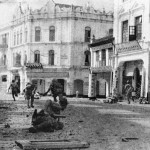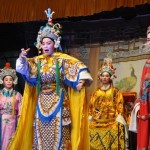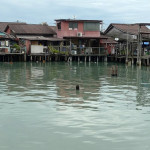Introduction
“One of the greatest Malaysian stories waiting to be written is the contribution the immigrant and domiciled races of Malaysia – the Chinese, the Indians and the Ceylonese – have made towards the development and advancement of this country”, wrote Mr.S.Durai Raja Singam in October 1968 in his book – A hundred years of Ceylonese in Malaysia and Singapore (1867 – 1967)
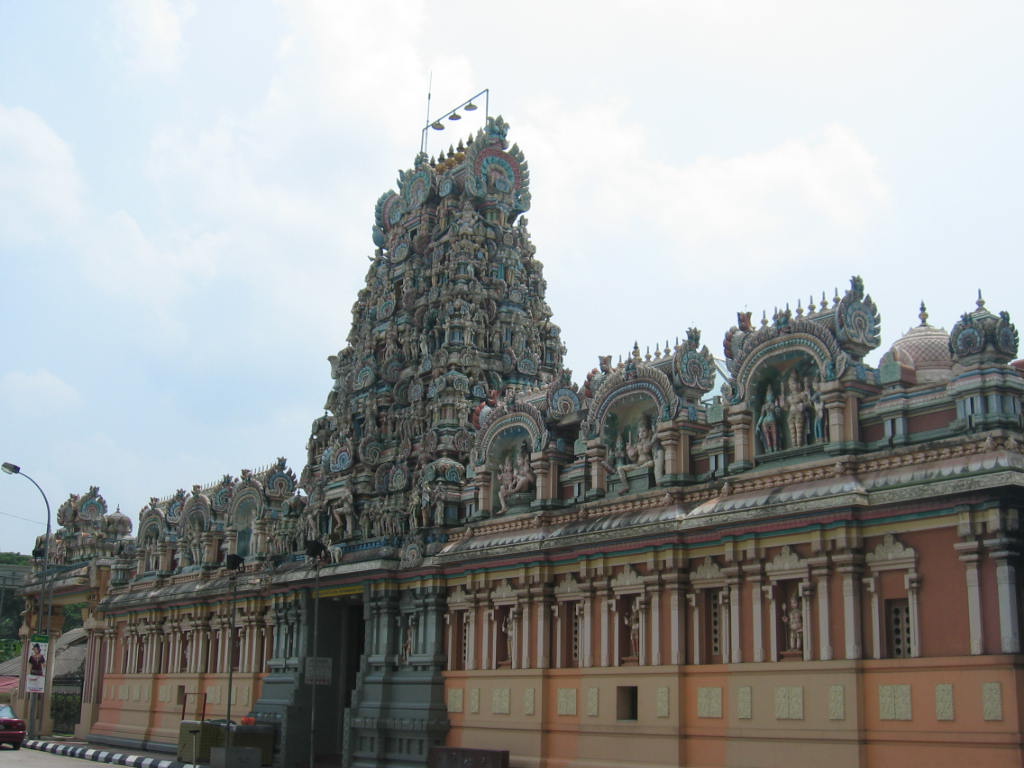
On Malaysia Day – September16, 1963, Her Majesty Queen Elizabeth II said in her message, “We have good reason to be proud of the men and women, Chinese, Malay, Indian, Pakistani, Ceylonese, British and others who over the years have each made their own contribution.” Again, Field Marshall Tun Sir Gerald Templer has remarked: “The story of this country is not the story of one race alone, but of all the people and all the circumstances which have shaped its course. Everyone in Malaya today can feel proud of the contribution which their race had made towards the comity of the Malayan nation which in due course will spring up and flourish. It is desperately important that those who live here today should recognise their contribution and should be proud of it: not as a separate entity, but as one thread in the pattern we are trying to weave”.
In his book, Mr. Durai Raja Singam adds, “Much has been written about the Chinese and Indians in the past. But little has been written of the Ceylonese. Nor has anything been set down on the Gurkhas, who are till today making a great contribution to the defence of Malaysia, the Sikhs and the Chettiars of Malaysia. Detailed account of all this is required if we are to have a real understanding of the complex fabric of Malaysian history. A study of the history of a community is in no way parochial.
A greater understanding of the history of the different races in Malaysia, their culture and traditions, would go a long way in building up an integrated Malaysian society and in fact all the detailed histories of the influx of the various communities and races in Malaysia and their subsequent prosperity in the country would act as a highly important source material when the history of the emotional integration of this country is written.
When a Chinese, Indian or Ceylonese treats this country as his motherland his own cultural background definitely enriches the life in this country because in addition to leading the Malaysian way of life he has added something of his own to it and has made the pattern of life in Malaysia more diversified and interesting. As Chinese, Indian and Ceylonese, these represent a chain in the succession of events. A part of the past of each of these is associated with a country. Each of these communities have left permanently their own landmarks as they developed their own philosophy of life, a way of living and a traditional culture. The recent past of all these communities in Malaysia – the Chinese, Indians and the Ceylonese – is associated with Malaysia – a country which all these races have adopted as their motherland. A proper fusion of these two channels of history is absolutely essential to place these communities in a proper perspective in the life of modern Malaysia.”
In the Forward to this book, the Founder and first Prime Minister of Malaysia, the Late Y.T.M. Tunku Abdul Rahman Putra Al-Haj wrote, “Much has been written and said regarding the great contribution of the Chinese and Indians. The Ceylonese, however, have been grouped as Indians or just “Others”.
Who were these significant “Others” and what was their role in the development of this nation?
Bapa Malaysia then answered this question thus, “As a former civil servant, the dedication and stability of the Ceylonese who worked in large numbers in almost every branch of public administration and in the plantation and industrial sectors, has left an indelible mark in my mind”.
Founder and first Prime Minister of Singapore, the Right Honorable, Mr. Lee Kuan Yew had the following to write in his Forward in the same book, “I found Mr. Durai Raja Singam’s compilation of the record of Ceylonese community during the last hundred years in Singapore and Malaysia an illuminating lesson in what a minority community can achieve given self-confidence and adaptability. In terms of numbers the Ceylonese, like the Eurasians, are among the smallest of our various communities. Yet in terms of achievements and contributions to the growth and development of modern Singapore and Malaysia they have done more than warranted by their numbers. In the early days of Malaysia’s and Singapore’s history the civil service and the professions were manned by a good number of Ceylonese. Even today the Ceylonese community continue to play a prominent role in these and other fields of civil life. For example in Singapore, today, the Speaker of our Parliament is a Ceylonese. So is our High Commissioner in Great Britain. So is our Foreign Minister. In the Judiciary, in the civil service, in the University, in the Medical Service and in the professions they continue to make substantial contributions out of all proportion to their numbers. They are there not because they are members of a minority community but on the basis of merit The point is that the Ceylonese are holding their own in open competition with communities far larger than them. They have asked for no special favour or consideration as a minority. What they have asked for – and quite rightly – is that they should be judged on their merits and that they be allowed to compete with all other citizens fairly and without discrimination. This, as far as the Singapore government is concerned, is what is best for all of us. I believe that the future belongs to that society which acknowledges and rewards ability, drive and high performance without regard to race, language or religion.
Our Ceylonese citizens, like the other citizens of migrant stock, have made a distinctive contribution towards the enrichment and growth of Singapore, as they have towards the modernisation of Malaysia and Singapore during the past hundred years. Their forefathers emigrated and sweated and toiled to build a new world out of virgin jungle and swamp so that their descendants could live in dignity and equality: not on sufferance but as of right, because they sweated and toiled to build their new homeland”.
The above statements by the foremost leaders of both countries is more than any testimony one can ask for about this minority community in Malaysia and Singapore.
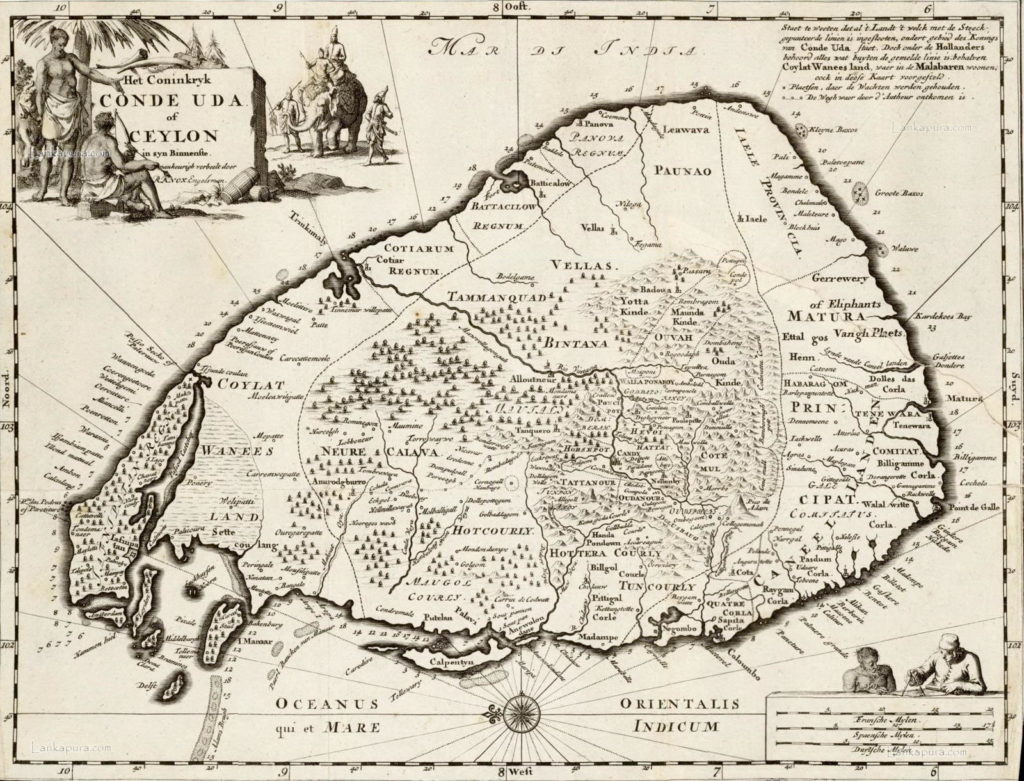
Who are Malaysian Ceylonese and where did they come from ?
We have observed that most Malaysians are not quite clear about who the Malaysian Ceylonese are and their multi – racial composition and therefore we would like to explain their origins. The people of Ceylon comprise of the Sinhalese, Ceylon Tamils, Indian Tamils, Burghers, Eurasians, Moors, Malays and British. The following is a very brief account of each of them.
Sinhalese
The Sinhalese who form the majority, migrated from areas like Bengal, Orissa and Gujerat in India in the sixth century B.C. are believed to be of Aryan descent who, following their settlement in Ceylon were called Sinhalese. Following their advent in Ceylon the Sinhalese established a culturally rich civilisation. What is regarded as the greatest event of ancient Ceylon, which also marked the beginning of the authentic history of the Sinhalese, was the introduction of Indian Buddhism during the reign of King Asoka in the second century B.C. the Sinhalese king, his court, and his people were converted to Buddhism and the rulers of the dynasty became the patrons of the religion. Soon, Buddhism became the most pervasive force in the life of the Sinhalese although some have converted to Christianity in more recent times.
Ceylon Tamils – ( Jaffnese )
The Ceylon Tamils come from the Jaffna Peninsula and islands to the west which together form the territory of Jaffna which covers most of the Northern Province of Ceylon. By virtue of its geographical location at the apex of Ceylon and its proximity to the thickly populated Tamil districts of South India there were waves of Tamil migration to Jaffna since the sixth century B.C. Besides Jaffna the Tamils had also settled in other parts of the Northern Province and in the Eastern Provinces, particularly in Manner, Trincomalee and Batticaloa. These regions have come to be known as the homeland of the Ceylon Tamils though there has also been a strong minority of them in the rest of the provinces of Ceylon, particularly in the Western, Central and Northwest Provinces. The majority of them are Hindus with some who converted to Christianity after the arrival of the Portuguese, the Dutch and the British.
Indian Tamils
They were more recent arrivals as businessmen with the majority who came as workers in the tea plantations when under British rule tea became a major cash crop. They are also mainly Hindus.
Burghers
The Burghers are the descendants of the Dutch, Portuguese and other Europeans born in Ceylon.
The word ‘Burgher’ referred to a citizen of a town (or burg). It is a well-known English word meaning ‘a citizen or inhabitant of a berg, borough or town’. The Dutch and German equivalent was burger. The original Burghers were town dwellers and traders. Deprived of their livelihoods by the British, they began to emphasise education, and employment in the public service, as the preferred route for economic survival. They became the people who delivered the professional and bureaucratic services in early British times when no other ethnic group was either competent or prepared to do so. They became the instruments of modernisation and western development. They were the people ‘in-between’. They were Christians.
Eurasians
Children of British mixtures with Sinhalese and Tamils were the Eurasians. Most Eurasians lived in the plantations as tea makers, apothecaries, book-keepers and managers due to the self-contained life style and the ease with which they obtained middle and senior management employment on plantations. In later years the term ‘Burgher’ was extended to include ‘Eurasians’ in the periodic census reports of the government. They were also Christians.
Moors
The Muslim Moors were involved in export trade. They were not greatly attracted by westernisation or education and continued to practice their old occupations, the village retail trade.
Malays
The Malays were either the early sea-faring community from Malaya or members of Dutch imported regiments of ‘Ambonese’, who, in British times, became known as Malays. They were Muslims.
British
The last to colonize Ceylon after the Portuguese and the Dutch. They were instrumental in introducing English education to the local population for their own reasons and for subsequent employment of them in their Colonies.
The arrival of Ceylonese to Malaya.
During the pre-war period (1941-1944) most Ceylonese came directly from Ceylon. This small community of English educated Ceylonese mainly Ceylon Tamils, Sinhalese and Burghers were sought after by the British to assist in the administration of the British Government of Malaya. The British offered them readily available appointments in its service as it was not the practice of the British Government to employ persons direct from England. Instead they advertised vacancies in its service in prominent dailies of Ceylon inviting suitable applicants to apply for the posts.
There is evidence of this to show that the Ceylonese started arriving in Malaya with the advent of the 19th.Century.
Although the Ceylonese also comprised of the Indians, Eurasians, Moors and Malays, little is known about their migration to Malaya in substantial numbers.
The Ceylon Tamils, Sinhalese and Burghers brought along their respective religious believes, cultural and social practices and way of life. The religions they belonged to were Hindu, Buddhist and Christian.
But the story of mass Jaffnese (Ceylon Tamils), Sinhalese and Burghers arrival in the country coincides with the establishment of the Federated Malay States, perhaps a decade or so before its formation on July, 1, 1896. The vast army of clerks, surveyors, hospital assistants, teachers and technical assistants were the main arrivals. These men played an unforgettable part in the development of the Malay States. Through virgin jungle, braving the many perils, the greatest of which was the fever mosquito, they laid the foundations of some of the finest roads and railway tracks in the world during that period in Malaya’s development.
These pioneer Jaffnese, Sinhalese and Burghers had blazed the trail. Each ship from Colombo brought its full quota of young men seeking employment in government, the ships arriving in Penang and Singapore. They monopolized the clerical services in the various government departments. To this day a clerk is referred to as a keani (a Tamil word) by Malaysians.
A few joined the medical service and were attached to government hospitals. Mr.J.H.M. Robson in his Records and Recollections states, “Jaffna Tamils who were placed in charge of many of the smaller hospitals did magnificent work within the limits of their qualifications.”
The most significant Department where the Jaffna man worked was the Malayan Railway. Just as much as the first railway track to be laid and operational was from Taiping to Port Weld in Perak; so were the Jaffnese associated with its growth throughout Malaya.
“Men seeking employment or appointed to posts in the Government came from the neighbouring British Colonies and Protectorates and none that I know of direct from England – most of them from Ceylon. It was more the rule than the exception that a man brought his brother or brothers with him.” Thus wrote J.C.P. in the Sunday Times (Singapore) on February 17, 1935, in his reminiscences of old Kuala Lumpur.
Social Customs
It was the practice of the early settler to come alone initially leaving his wife behind until he gets settled down and has found suitable accommodation. In the meantime he had to fend for himself where meals were concerned. After being satisfied that conditions were conducive to raise a family in his place of work, he returned to Ceylon on leave to bring the wife down with a maid if possible, to assist in carrying out the chores in the home. Later on, the maid brought his / her family and remained devoted and loyal to the employer.
It was also the practice to send the wife to her parents in Ceylon for the delivery of the first born. Subsequent children were usually born in Malaya. Some parents of the early settlers came from Ceylon to be with their children and to assist them in one way or another for months at a time but eventually returned to Ceylon.
In the case of those who came here single, they went back to their family homes to get married to brides prearranged by the parents. The bride was usually from a family related to the parents.
The dowry system was prevalent and the bride used to be given away with some gift usually in the form of a landed property, the size of which was depended on their wealth. This landed property was usually looked after by a chosen relative of the receiver. In the case of those who returned to Ceylon upon retirement they made use of this property to build a house for their own retirement.
Those who decided not to return made Penang or other parts of the country their permanent home. From the second generation until recent times, marriages were held at the residence of the bride with huge tents pitched for the event. It was a matter of pride to have the wedding in the compounds of their own home. It was also customary to have a group photograph of all invited guests taken with the bride and groom after the wedding ceremony. To this day decedents of these families treasure these photographs and have them hung on the walls of their homes.
It must be said that all of the above social customs are not being practiced by present day generation of Malaysian Ceylonese because times have changed. Penang is also known to have the highest number of inter-marriages involving Ceylonese men and either Chinese or Eurasian wives out of proportion to Ceylonese in other States or parts of the country. The Ceylonese as a community have not and do not believe in polygamy. It has always been strictly one wife for life regardless whom they are married to. Because of this practice they have been regarded reliable and trustworthy life time partners.
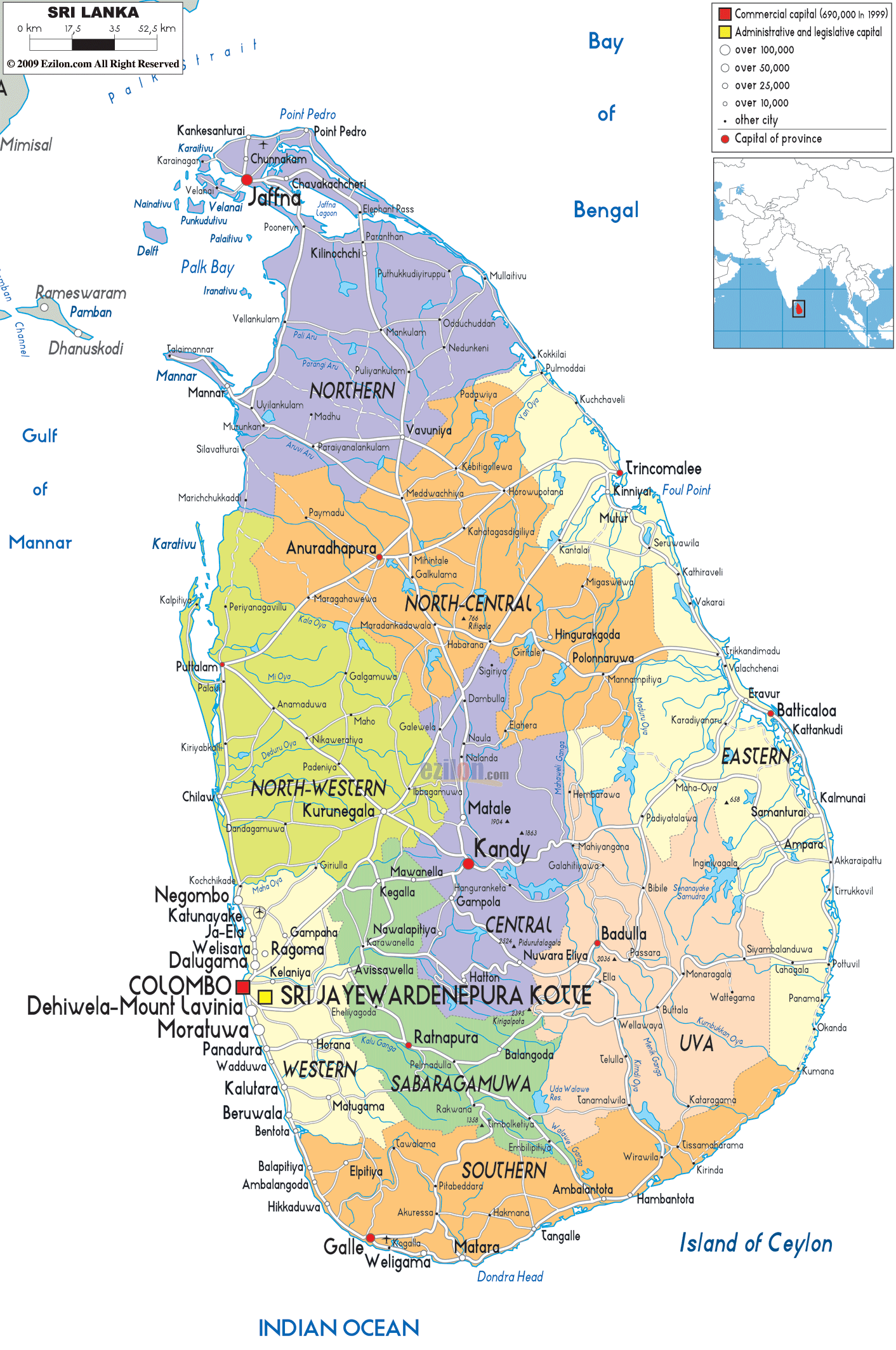 |
/images/map_thuraiappah.jpg) |
A Map of Ceylon – Sri Lanka
A brief of the Malaysian Ceylonese Congress
1. FORMATION
In January 1958 members of the Ceylon Association of Selangor which was founded in 1990 met under the leadership of Mr.M.W.Navaratnam and decided to assume a political status and changed its name and constitution to the Malaysian Ceylonese Congress.
2. OBJECTIVE
To unite all Malaysian citizens of Ceylonese origin under one political party to support the Government of Malaya.
3. AIM
To seek affiliation as one of the political parties in the (then) Alliance Government and representation of minority communities in Parliament.
4. BACKGROUND
4.1 The Ceylonese community, especially from Jaffna in the (then) Ceylon played an important and key role in the public sector in the development of Malaya from early 19th.Centuary.
4.2 They were brought in by the British to assist in the administration of the country. Their forte were in the Administrative, Plantation, Co-operative, Engineering, Medical, Educational and other public sector fields.
4.3 Their loyalty and dedication to work was acknowledged by the Government. The Government had confidence in them.
4.4 This heritage of the Ceylonese will continue to serve the King and Country at all times.
5. PRESIDENTS
Since the founding of the MCC the following have served as Presidents:-
| 5.1 | Mr. M.W. Navaratnam | 1958 – 1964 |
| 5.2 | Tan Sri Dato’ Dr. C. Sinnadurai | 1964 – 1984 |
| 5.3 | Tan Sri V. Jayaratnam | 1984 – 1987 |
| 5.4 | Dr. D,M. Thuraiappah (Acting) | 1987 – 1988 |
| 5.5 | Dato’ Dr. N. Arumagasamy | 1988 – 1997 |
| 5.6 | Dato’ Dr. D.M. Thuraiappah | 1997 – to-date |
6. THE ROLES THE PRESIDENTS AND THE MCC PLAYED DURING THEIR TENURE IN OFFICE.
6.1 Mr. M.W. Navaratnam
i) Founder President of the MCC
ii) Was a good and close friend of the First Prime Minister of Malaya and subsequently Malaysia – The Late YAB Tengku Abdul Rahman Al Haj.
iii) Donated a shield known as the ‘Navaratnam Shield’ to promote cricket in Selangor which tournament is being played amongst Cricket Clubs.
6.2 Tan Sri Dato’ Dr. C. Sinnadurai
i) Was a close friend and Associate of YAB Datuk Seri Dr, Mahathir Mohamed, our current Prime Minister.
ii) He was appointed to the Senate – the first President of MCC to be so appointed.
iii) He donated his entire allowance while being a Senator to the Alliance Party fund.
iv) He was a Member of the Pre-Council of the Alliance Party.
v) On his invitation, YAB Datuk Seri Dr. Mahathir Mohamed addressed the Central Executive Council Meeting of the MCC on 22.09.1981.
6.3 Tan Sri V. Jayaratnam
i) Under his leadership and efforts, the Malaysian Ceylonese Education Fund, now known as the Malaysian Community Education Fund was established to grant scholarships where possible and study loans to needy children of all races in Malaysia to pursue higher studies in fields recognised by the Malaysian Government.
ii) He leads many charitable organisations especially in the State of Perak and is still the President of the Perak Turf Club.
6.4 Dato’ Dr. N. Arumugasamy
i) He was appointed a Member of the National Economic Consultative Council 1.
ii) He established a Building Fund for the MCC.
6.5 Dato’ Dr. D.M. Thuraiappah
i) Since his election to the post of President, he has been instrumental in increasing the number of Branches from 9 to 23 at present.
ii) Was mainly responsible to organise an International Seminar and Workshop on “Towards Peace Initiative in Sri Lanka”.
iii) During his tenure of office over the last three to four years the MCC has presented several Memoranda on the issue of recognition of the minority communities in the country and on issues particularly related to the Malaysian Jaffnese Community, but to no avail.
iv) Again, the MCC has addressed the Government when it submitted a Memorandum to the National Consultative Council – 2, urging the government to appoint a leader of the MCC to the Senate, to re-classify minority communities in Malaysia as “Minority” instead of Others or Lian-Lian. The call was also for the establishment of a ‘Minority Affairs Department’ in the Prime Minister’s Department and the appointment of members of the community to the
National Consultative Council – 2 and to National and State Statutory Bodies, City and Municipal Councils, again to no avail.
v) A Loyalty Dinner to pledge the MCC’s undivided loyalty to our country and support for the government led by YAB Datuk Seri Dr. Mahathir Mohamad was organised where the Members of the Central Executive Council took the pledge of loyalty and support in the presence of Y.B. Dr. Sulaiman, the then Deputy Minister of Information.
7. APPOINTMENT OF SENATOR
7.1 After the term of Tan Sri Dato’ Dr. C.Sinnadurai expired as a Senator no other leader of the MCC has been appointed a Senator todate. His successor was a member of the MIC.
7.2 Tan Sri V. Jayaratnam was appointed a Senator in his personal capacity and not as the representative of the MCC or the Minority Community of Malaysia.
8. CLASSIFICATION
8.1 In race classification amongst Malaysians the members of the minority communities are named ‘Others’ or ‘Lain-Lain” which is very vague. It can be a reference to other living objects and offensive to say the least. The MCC has submitted a Memorandum urging the government to re-classify the Ceylonese, Eurasians, Thais and all minority communities as “Malaysian
Minority” in all government records and documents.
9. THE COMMITMENT OF THE MALAYSIAN CEYLONESE COMMUNITY
9.1 The Malaysian Ceylonese Community has always supported and remained loyal to the government in power. In the context of present day development of the country and vision 2020, the community stands committed to make its contribution to ensure that this goal is achieved.
by Dato’ Dr. D.M.Thuraiappah
President of MCC
